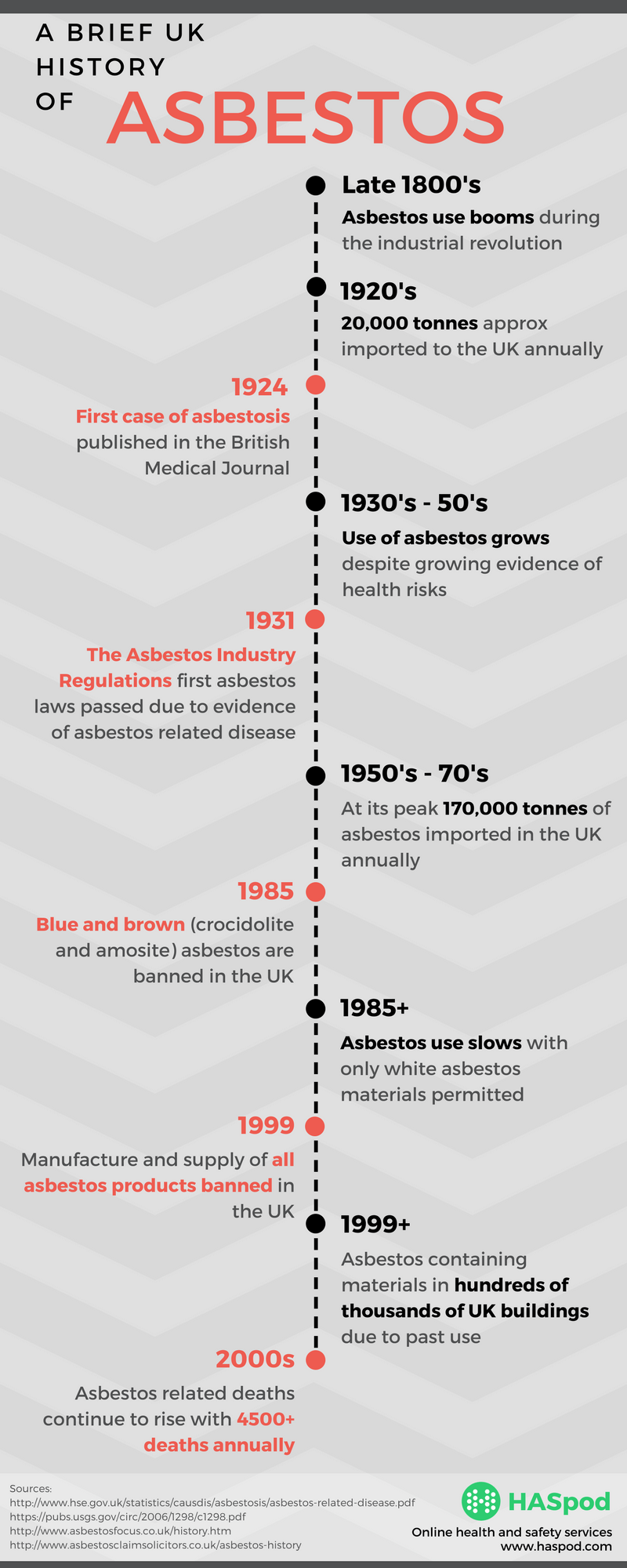The story of asbestos, once hailed as a miracle material, is a complex and cautionary tale. For decades, asbestos was widely used in building materials due to its fire-resistant, insulating, and durable properties. However, the devastating health consequences associated with asbestos exposure, particularly lung cancer, mesothelioma, and asbestosis, eventually led to widespread regulations and bans. Determining exactly when **asbestos** was outlawed in building materials is not a straightforward answer as the timeline varies significantly depending on the country and the specific type of asbestos and product involved.
Global Timeline of Asbestos Bans
The move away from asbestos was a gradual process, with different countries taking action at different times. Here’s a look at key milestones in the global effort to ban asbestos:
- 1970s: Some countries, like Sweden, began restricting the use of certain types of asbestos.
- 1980s: Several European nations, including Denmark and Iceland, implemented comprehensive bans.
- 1990s: Many more European countries, such as France, Germany, and the United Kingdom, followed suit, outlawing the use of asbestos in most building materials.
- 2000s: The European Union implemented a complete ban on asbestos in 2005.
- Beyond: Countries like Australia, Japan, and New Zealand have also banned **asbestos**, although some exceptions may apply.
The Situation in the United States
The United States has a more complicated history with asbestos. While there have been attempts to ban the substance outright, they have faced legal challenges and have not been entirely successful. While the use of certain asbestos-containing products has been prohibited over the years, a complete ban has not been implemented.
Partial Bans and Ongoing Concerns
The EPA (Environmental Protection Agency) attempted to ban asbestos in 1989 under the Toxic Substances Control Act (TSCA), but the ban was largely overturned by a court ruling in 1991. This ruling significantly limited the EPA’s ability to regulate asbestos. Despite this setback, the EPA continues to regulate asbestos through various rules and regulations, focusing on specific products and applications.
It’s important to note that even though the use of **asbestos** has been significantly reduced in the US, older buildings may still contain asbestos-containing materials. This presents a risk during renovations or demolitions, requiring careful handling and abatement procedures.
Why the Delay?
The delay in banning asbestos in some countries can be attributed to several factors, including:
- Lobbying by the asbestos industry: Strong lobbying efforts by the asbestos industry sought to protect their economic interests by downplaying the health risks and delaying regulations.
- Economic considerations: Asbestos was a relatively inexpensive and readily available material, making it attractive for various applications. Transitioning to alternative materials involved costs and potential disruptions.
- Scientific uncertainty (early on): While the link between asbestos and certain diseases was eventually established, there was initially some uncertainty and debate, which contributed to delays in regulatory action.
Ultimately, the growing body of scientific evidence linking asbestos to serious health problems led to increased public awareness and pressure on governments to take action. In conclusion, while the timeline varies globally, the trend has been towards phasing out and banning asbestos in building materials. Understanding the history and regulations surrounding **asbestos** is crucial for protecting public health and ensuring safe building practices.
FUTURE OUTLOOK
The legacy of asbestos continues to shape building practices and public health policies worldwide. Even in countries where asbestos has been banned for decades, the challenge of managing existing asbestos-containing materials remains. This includes proper identification, encapsulation, and safe removal of asbestos during building renovations or demolitions.
ABATEMENT AND REMEDIATION
Abatement, the process of removing or encapsulating asbestos, requires specialized training and equipment to prevent the release of asbestos fibers into the air. Strict regulations govern abatement procedures to protect workers and the public from exposure. Remediation efforts also extend to contaminated sites where asbestos waste was improperly disposed of, posing a risk to soil and water resources.
Furthermore, ongoing research focuses on developing new methods for asbestos detection, risk assessment, and treatment of asbestos-related diseases. Advances in medical technology offer hope for improved diagnosis and therapies for individuals affected by asbestos exposure.
LEGAL AND ETHICAL CONSIDERATIONS
The widespread use of asbestos and its subsequent health consequences have led to numerous legal battles and ethical debates. Victims of asbestos-related diseases have pursued legal action against asbestos manufacturers and suppliers, seeking compensation for their illnesses and suffering. These lawsuits have resulted in significant settlements and judgments, highlighting the legal responsibility of companies that knowingly exposed individuals to asbestos risks.
Ethical considerations also play a crucial role in addressing the asbestos issue. Transparency, accountability, and a commitment to protecting public health are essential principles in guiding asbestos management and prevention efforts. Governments, industries, and individuals must work together to ensure that the mistakes of the past are not repeated and that future generations are protected from the dangers of asbestos exposure.







